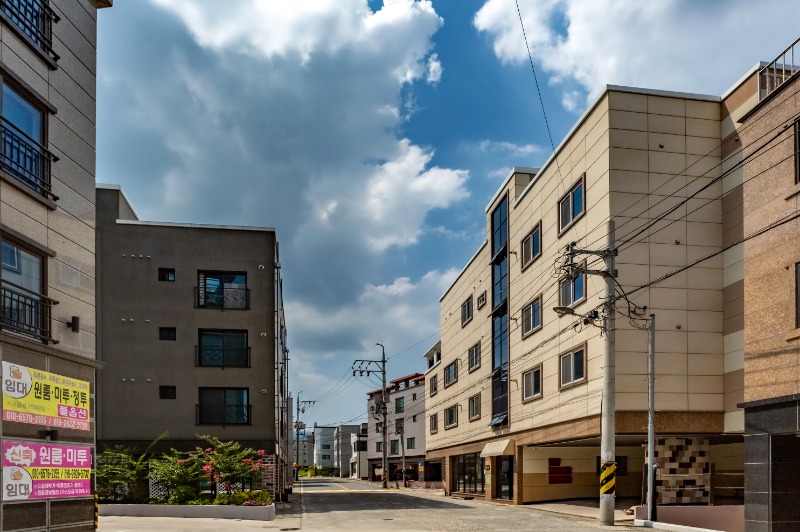“Studio, One-Bedroom, Shared Apartment, Fully-Furnished Room, New Construction, To Rent…”
Housing flyers cling to alley walls, trees, telephone poles and bus shelters, awaiting the attention of students and non-students strolling near Seoul’s many universities. But nonchalant glances are the most that they muster.
As more and more colleges took their classes online amid the COVID-19 pandemic, the student population drained away from these normally bustling neighborhoods. Korean and international students returned home. Landlords responded by cutting rent rates in half, apparently hoping to attract non-students or persuade students to wait in Seoul for in-person classes to resume. But it still wasn’t enough to halt the exodus.

In the past, staying would have come with less solitude. Seoul’s university districts were full of boardinghouses that compensated for the modest number of university-owned dormitories. Instead of renting an apartment and doing all the cooking and cleaning themselves, students far from home and family could count on warm, home-cooked meals made by the boardinghouse “auntie.” If she was particularly kindhearted, she might even tidy up rooms and do the laundry.
Such nurturing care helped students through their homesickness, and the tenants often became very close to one another, forming bonds like siblings. Indeed, boardinghouse life reflected the communal mindset that characterized the rural towns many tenants called home.
Two trends marred this homespun environment. First, university enrollments soared in the 1980s and remained high thereafter. Demand quickly outstripped the supply of boardinghouse rooms. Construction of student housing with self-contained units and minimal common space emerged as a profitable business. This dovetailed with the second trend: a shift in priorities and social behavior. As Korea became more urbanized, the communal spirit once fostered by its agrarian roots ebbed. Individual privacy and autonomy became more valued and pervasive.
Studio apartments averaging some 20 square meters soon dominated student housing construction. And before long, a sterile landlord-tenant relationship replaced the warmth between boardinghouse owner and student.
Now, pandemic-related restrictions have silenced residential buildings and emptied sidewalks that were formerly filled with students. A south-facing balcony and a modest little kitchen, a slightly cramped but clean bathroom, a built-in closet and desk, a single-person bed… Once overflowing with the dreams, worries and passions of young ambition, the studio now stands empty, with only the sunlight remaining the same.
Whether it once again will have a new tenant with fresh hopes depends on vaccination coverage and the direction of the pandemic. Universities hope conditions will allow them to gradually open in-person classes. That should move students from their homes and return them to the off-campus studios. But, of course, the pandemic may deliver yet more surprise, keeping those housing flyers as just an afterthought.